1.Origins and Early Initiatives: The concept of a united Europe can be traced back to the aftermath of World War II, when the need for collaboration to ensure peace and stability became apparent. In 1951, six countries – Belgium, France, Italy, Luxembourg, the Netherlands, and West Germany – established the European Coal and Steel Community (ECSC) to coordinate and control these key industries. This was followed in 1957 with the Treaties of Rome, which created the European Economic Community (EEC) and the European Atomic Energy Community (Euratom), further promoting economic integration among the member states.
2.Formation of the European Community: The Treaty of Brussels in 1965 merged the EEC, Euratom, and the ECSC into a single entity known as the European Community (EC). This consolidation aimed to create a more cohesive structure for further integration efforts, although the three original communities retained their legal identities.
3.Expansion and Transformation: Over time, the EC expanded its membership, with notable additions in 1973 (United Kingdom, Denmark, Ireland), 1981 (Greece), and 1986 (Portugal and Spain). The 1992 Maastricht Treaty, also known as the Treaty on European Union, was a landmark moment that formally established the EU and set the stage for deeper integration, including the introduction of a common currency system.
4.Introduction of the Euro: The euro was introduced as the official currency for most EU member states on January 1, 2002, after a transitional period starting in 199
9.This move towards a single currency was a significant step in achieving economic integration and has had far-reaching implications for trade, monetary policies, and political relationships within the Union.
5.Recent Challenges and Developments: The EU has faced numerous challenges, including economic crises like the global financial crisis of 2008 and subsequent austerity measures in some member states. More recently, the Brexit referendum held by the United Kingdom in 2016, which led to the UK's departure from the EU, marked a major shift in the Union's composition and raised questions about its future unity and direction. The EU has also been actively engaged in addressing global issues such as climate change, security threats, and international trade agreements. In summary, the EU's history is characterized by continuous efforts towards deeper integration and cooperation among its member states, driven by shared ideals of peace, prosperity, and mutual respect. Despite facing internal and external challenges, the EU remains a pivotal player in the global arena, striving to uphold democratic values and foster collective wellbeing. As it navigates through contemporary challenges, the resilience and adaptability of the Union will determine its role in shaping a united and prosperous Europe.
标签:#福地阅读网



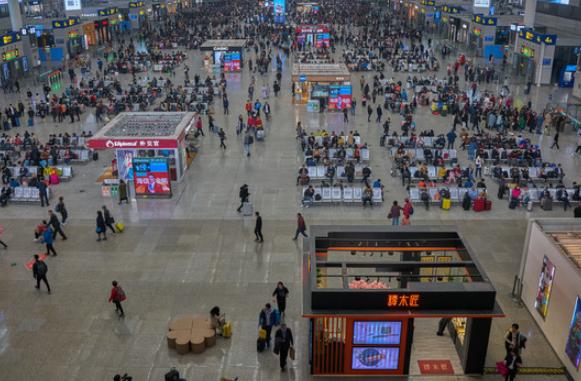

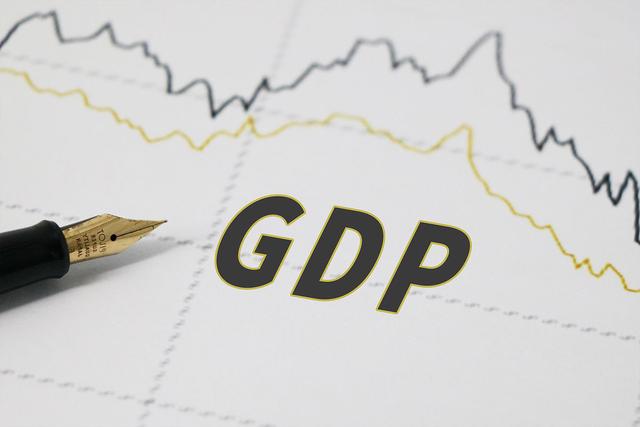

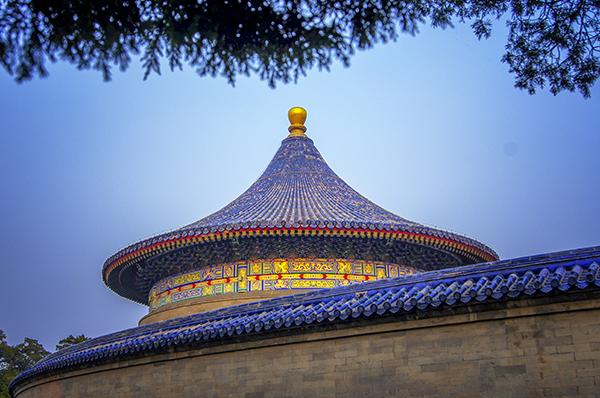
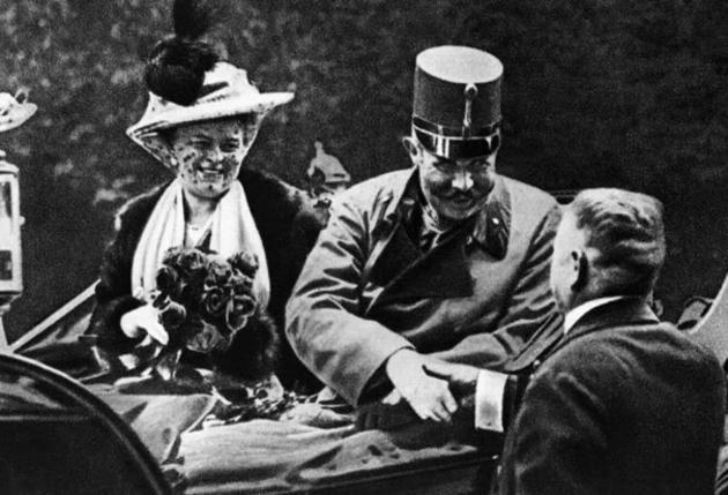
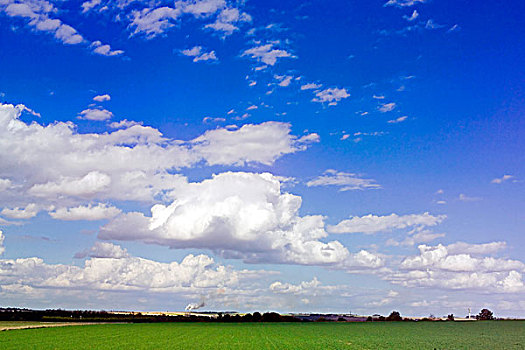
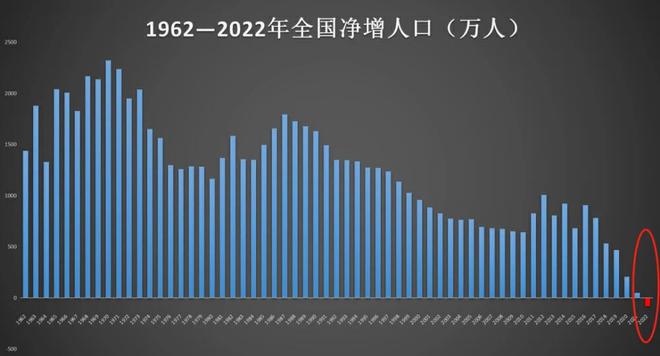
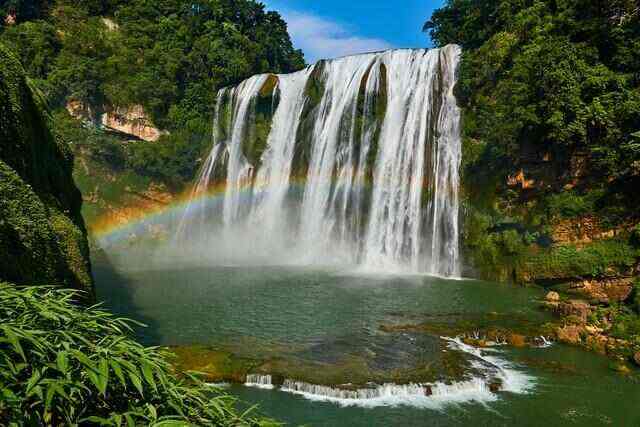
评论列表